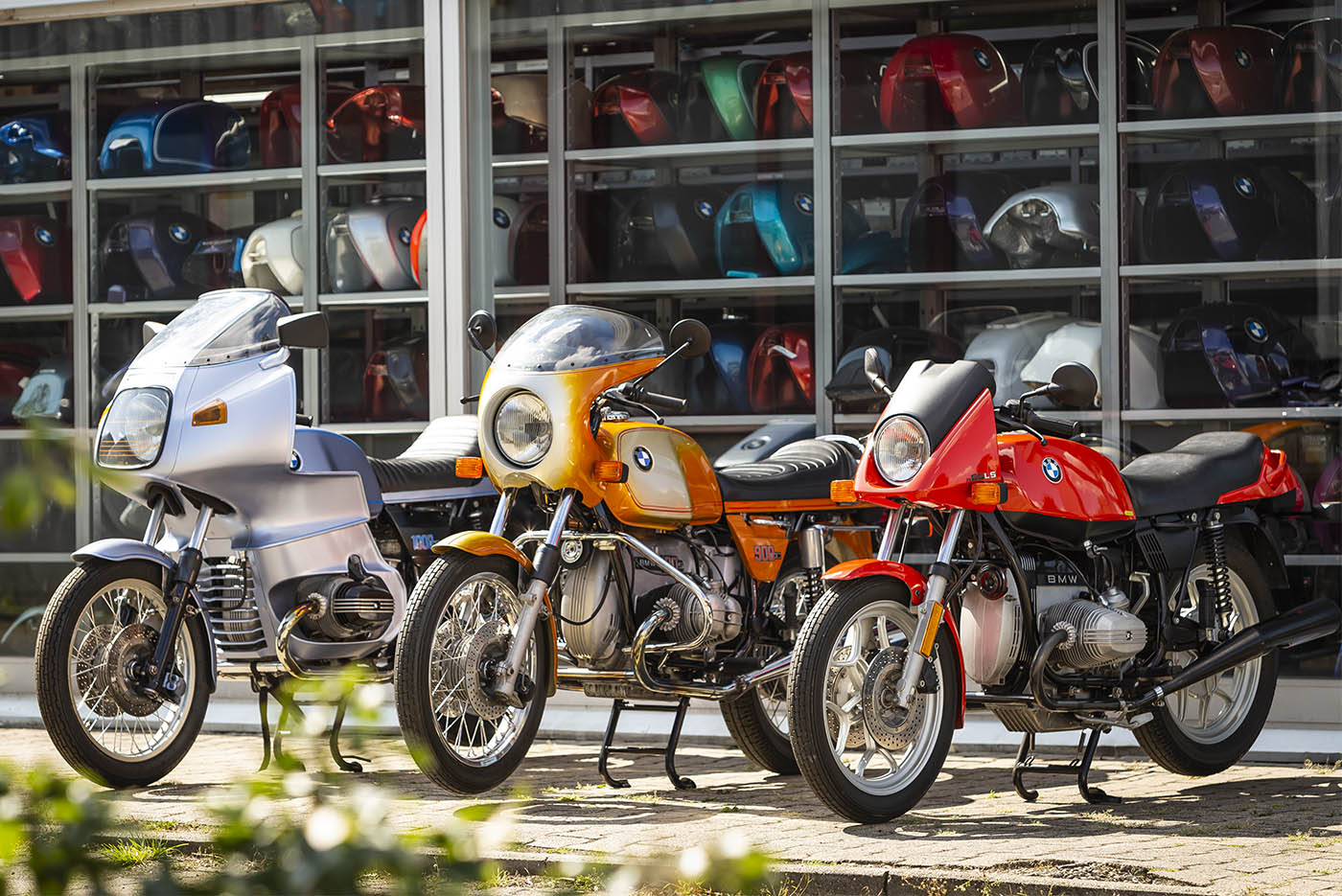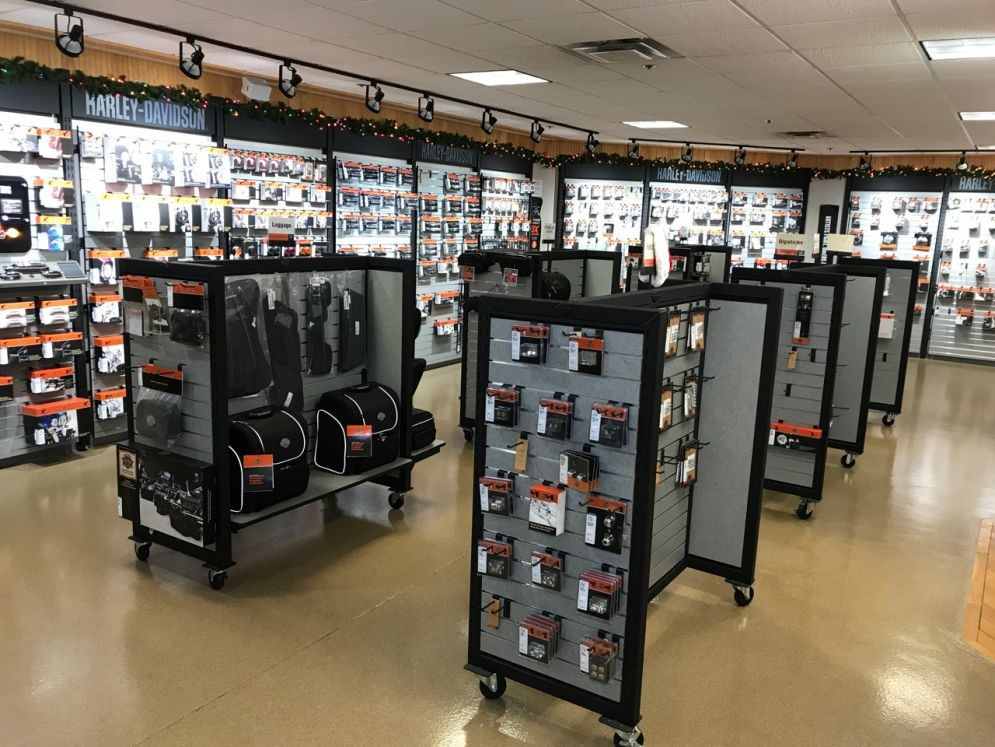Mastering Bike Gears: How to Maximize Your Riding Experience
In the world of motorcycling, mastering the art of equipment adjustment is vital for boosting your riding efficiency. Properly making use of and comprehending motorbike gears can dramatically impact acceleration, fuel, and control efficiency, changing an ordinary ride into a smooth, thrilling trip. By incorporating accurate change timing and adjusting equipment selection to different roadway conditions, riders can make sure ideal engine efficiency and safety. The nuances of clutch control, throttle sychronisation, and equipment technicians beckon a much deeper expedition, guaranteeing to unlock the full capacity of your equipment. Exactly how can these methods be taken advantage of to truly optimize your riding experience?
Comprehending Equipment Mechanics
Exactly how do the details of equipment auto mechanics influence motorcycle performance? At the core of motorcycle characteristics, gear auto mechanics play a pivotal role in converting engine power right into activity, inevitably dictating rate and control. Gears, diligently crafted elements, enable motorcyclists to optimize torque and rate, guaranteeing a seamless shift through different terrains and rates. The equipment proportions, meticulously designed, establish the connection in between engine revolutions and wheel turns, influencing acceleration and fuel effectiveness.
Recognizing gear auto mechanics starts with recognizing the importance of the transmission, which houses numerous gears of varying dimensions. These equipments engage with a process referred to as meshing, where teeth of different equipments engage to transfer power. The precision of this communication is essential; any type of imbalance or damages can result in inefficient power transfer, impeding efficiency. Additionally, the plan and dimension of gears affect the motorbike's capability to deal with different tons and rates.
Furthermore, the idea of equipment shifting is indispensable to taking full advantage of performance. Prompt and smooth shifts ensure that the engine runs within its ideal power band, avoiding unneeded stress and improving longevity (moto parts nz). By understanding these mechanical ins and outs, cyclists can attain an unified blend of power, performance, and control, raising their riding experience
Timing Your Shifts
Shift timing proficiency is crucial for optimizing bike efficiency and improving the riding experience. Appropriately timed shifts guarantee that the engine runs within its optimum power band, which is essential for preserving control, attaining smooth acceleration, and making sure the longevity of the motorcycle. Riders must establish an intuitive feeling of when to shift equipments, which entails recognizing the connection in between engine revolutions per min (RPM) and speed.
To understand change timing, pay close focus to the engine's sound and really feel, as these offer vital hints about when to transform gears. When the engine approaches the upper range of its power band without reaching the redline, the excellent change factor typically happens - motox parts nz. Shifting prematurely can result in a lack of power, while shifting too late might create unneeded engine pressure
In addition, roadway conditions and riding design influence shift timing. In urban settings, smoother and more constant shifts might be necessary to browse traffic effectively. On the other hand, during freeway riding, fewer changes at higher rates can be better suited. Practicing in different environments will improve your capability to time changes precisely, inevitably raising your riding experience to a professional level.
Enhancing Gas Effectiveness
While grasping motorbike gears is essential for performance, improving fuel efficiency is similarly crucial for both economic and environmental factors. Optimum fuel usage not just decreases operational costs yet additionally decreases the eco-friendly impact of riding. To achieve this, one should understand the elaborate connection between equipment choice and engine performance.
To start with, choosing the appropriate equipment at suitable rates can considerably influence fuel usage. Riding in a higher gear at reduced rates can cause engine hauling, which is harmful to both gas economy and engine wellness. Alternatively, riding in lower equipments at broadband results in unneeded gas consumption. Thus, keeping an ideal balance by shifting equipments in placement with road problems and prepared for maneuvers is crucial.
Furthermore, routine maintenance plays an essential role in gas effectiveness. Guaranteeing that the bike is well-tuned, with clean air filters and correctly inflated tires, can enhance aerodynamics and minimize gas waste. In addition, embracing a riding style that welcomes progressive acceleration and smooth deceleration can add to far better gas economic situation.

Techniques for Smooth Transitions
Accomplishing smooth gear changes is essential to improving the riding experience and making sure the long life of a bike's transmission system. Appropriate gear shifting not only contributes to a smooth adventure however also reduces wear and tear on the mechanical components. To master the art of smooth changes, cyclists need to concentrate on a few crucial methods.

Secondly, clutch control plays a critical role. Engaging and disengaging the clutch efficiently requires technique. The clutch lever need to be launched progressively, permitting a smooth transfer of power from the engine to the wheels without triggering a jolt or abrupt movement.

Adjusting to Roadway Conditions
Navigating varied road conditions is a critical ability for any type of motorcyclist aiming to maintain control and safety and security. Whether you're riding on wet surface areas, gravel roadways, or browsing sharp turns, your ability to adjust your gear usage and riding strategy is vital. Comprehending how to readjust your equipments properly can considerably influence grip and stability, making certain a much safer journey.
In comparison, when riding on crushed rock or unequal surface, lower equipments are preferable. Lower equipments provide much better control and permit you to respond more promptly to unexpected modifications in the roadway surface area.
Sharp curves require precise gear administration to stabilize speed and control. Downshifting before going into a contour can help preserve energy while making certain the motorcycle continues to be steady throughout the turn. Constant technique in varied conditions improves your capacity to respond and anticipate to modifications in roadway appearance and incline.
Verdict
Mastering bike gears considerably enhances the riding experience by improving velocity, gas, and control efficiency. Adjusting equipment choice to various roadway problems, such as utilizing higher gears on damp surfaces and reduced equipments on gravel, more boosts handling and security.
Understanding equipment auto mechanics begins with identifying the relevance of the gearbox, which houses multiple equipments click for more of varying dimensions. These equipments interact via a process recognized as meshing, where teeth of various gears involve to riding gears online transmit power (moto parts nz). Mild modifications to the throttle during equipment shifts can stop jerky movements and keep a consistent riding rate
Whether you're riding on wet surface areas, gravel roads, or browsing sharp turns, your ability to adjust your gear use and riding method is paramount. Adapting equipment selection to different road conditions, such as making use of higher gears on damp surfaces and lower equipments on gravel, further boosts handling and safety.